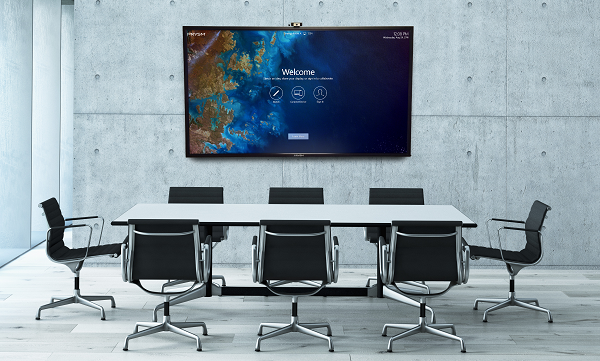Research* shows that today's employees can spend up to 80% of their workdays collaborating. As a result, meetings — our primary method of working together — have become mere waypoints in an ongoing collaborative process. This is a major shift from the way we used to think about meetings, which we regarded as events with a beginning and an end.
Research* shows that approximately 65% of enterprise meetings now include remote participants. The reasons are obvious, including endeavoring to leverage a diverse global workforce, saving money on office overhead, and — in some cases — taking advantage of less expensive local labor.
The $15 billion Smart Cities Mission — which aims to promote cities that provide core infrastructure, a clean and sustainable environment, and a higher quality of life for their citizens — is one of the Indian government’s most ambitious programs. It is designed to create replicable models that can catalyze the creation of similar Smart Cities throughout various regions of the country.
Our marketing meetings at Prysm have several different purposes – campaign planning, design reviews, weekly status, one-on-one working sessions – the list goes on. The content we need to share in those meetings varies. With the recent release of co-browsing, we’ve been able to streamline the prep required for any meeting, as well as to dramatically enhance the meeting experience itself.
When you think of the word "collaboration," you probably think of meetings (online or offline), messaging, screen sharing, file sharing, and maybe even video conferencing. These activities have become not only standard in most business environments, but also a critical part of getting work done.
Outperforming your competition in a rapidly changing business climate requires a trifecta of humility, adaptability, and agility.
Humility helps you realize that perfection is a moving target and that success requires continuous evaluation and adjustment. (Or, in the immortal words of the band Kansas, "If I claim to be a wise man, it surely means that I don't know.") This honest assessment clears the path for the next two key performance indicators.
Chat apps. Hotdesks. Smart machines. In most offices, it’s easy to see how technology is redefining and transforming the modern workplace.
Long-term relationships with customers are built on a foundation of trust, fostered by clients’ believing that you have their best interests at heart. This can be accomplished by helping them stay on top of the latest tech trends that drive business and bring value to their organizations.
There's a task that's universal in the vast majority of office work environments: reviewing documents, especially with a group. We do this all the time in marketing — with agencies, in team meetings, and when presenting mockups, brochures, and web pages to executives. In most cases, the process is woefully inefficient.
I admit it. I'm addicted to pens and paper. I have specific pens that I use for lists, others that I use for sketching, some for work, some for personal use, some that I keep in my bag, and so on. I know what you're thinking: yes, I work for a tech company! But I love the feel of pen on paper. The colors help me stay organized. And I'm just a highly visual person. What can I say? It's my thing.
I was talking to an "experience marketer" today (someone who designs flashy customer-experience centers for large companies, such as AT&T, Cisco, etc.) and he mentioned something about how strongly the environment influences a customer or prospect to buy. As a marketer myself, this is a phenomenon I'm well familiar with. The reason is simple: We don't just buy products or services. We buy the way they make us feel.
Remember scrambling like mad for new technology?
I know people who camped out overnight to secure their place in line for the latest version of a smartphone. Others significantly overpaid or added their names to pre-order lists months in advance — just to make sure they had the most up-to-date device.
Ten months ago, when I was interviewing for my job at Prysm, my future (now current) boss showed me the Prysm digital workplace platform. I remember her sketching on the digital whiteboard, calling up functions with a single touch from the hexagonal background, and using gestures to zoom in and out and move content around (like an iPad) on the massive 4K screen. It was impressive, to say the least. However (dirty little secret alert), I wasn't quite sure how useful it might be in day-to-day operations — outside of screen sharing in meetings with remote participants, which was something I could already do with Skype or Google Hangouts.
When I talk to customers, inevitably the words “cloud” and “security” are tightly linked. In a modern digital world where we see high-profile data leaks and hacks on a regular basis, IT organizations are taking more precautions to ensure sensitive corporate IP is kept secure.
Welcome to
If you’ve read about Prysm’s history, you know that the company acquired a software company called Anacore in 2014. I was the founder of this Indianapolis-based firm.
The other day, I heard a great story about how a colleague of mine got board approval to hire more than two dozen new staff members—and the whole negotiation took less than an hour. He used digital workplace technology to pull a remote team member into a board meeting on the fly and run ROI scenarios in real-time. Without being able to see the specific figures, the decision would have taken weeks and cost millions in potential revenue.
Introducing Prysm Go!
The express lane to kicking off productive meetings and brainstorming sessions
This week we launched Prysm Go, a quick, easy, and elegant way to upgrade your physical meeting spaces to enable superior collaboration, creation, and presentation.
PowerPoint has become a mission-critical application — one that will not (and should not) be going away anytime soon. But while it’s the de rigueur standard for delivering presentations, PowerPoint was not built with collaboration in mind. As a result, developing presentations in concert with a team has some noteworthy challenges.
If you work for a company that has not yet embraced the work-at-home trend, don’t despair. By strategically demonstrating the benefits of remote work, you may be able to influence company policy.
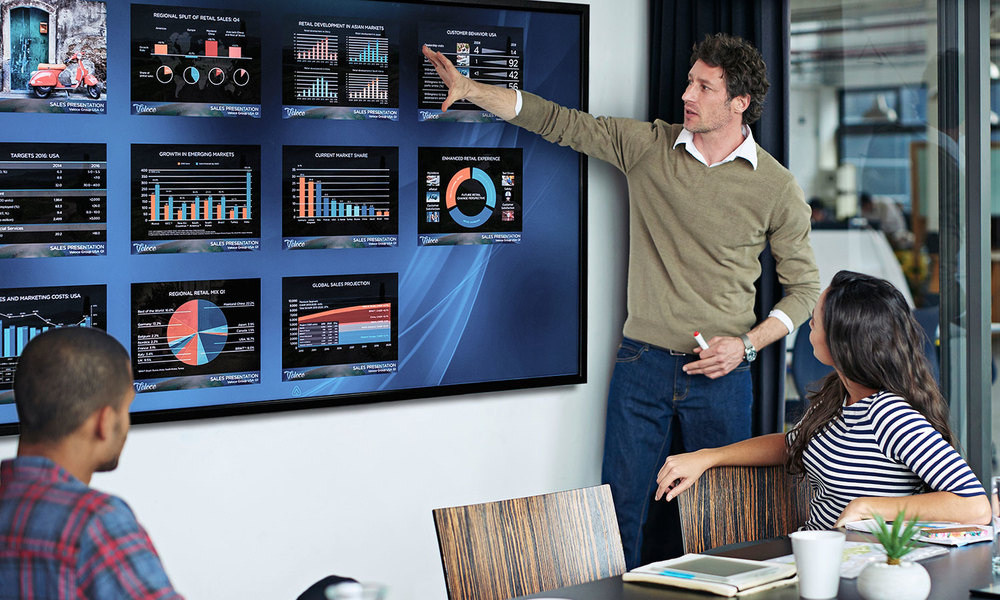
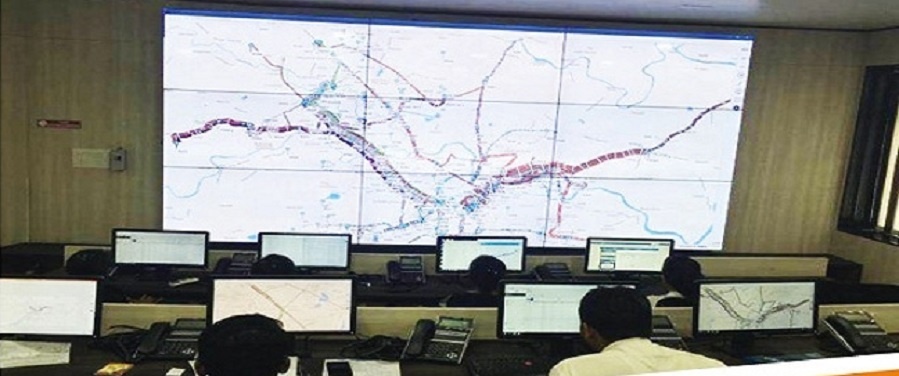
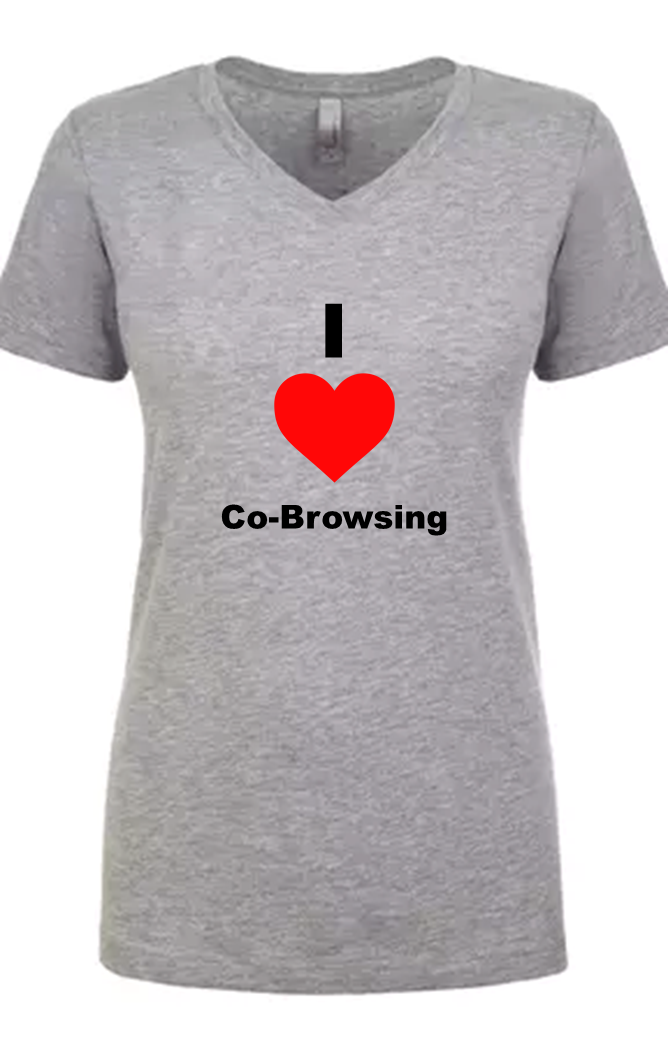
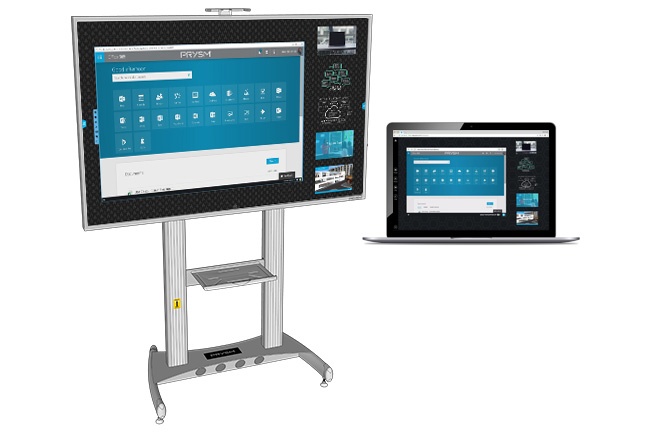
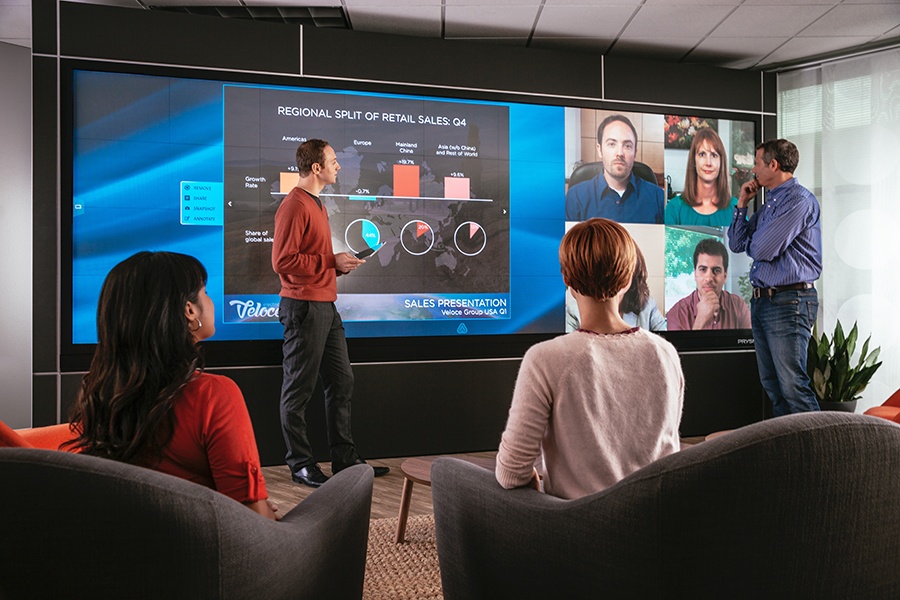

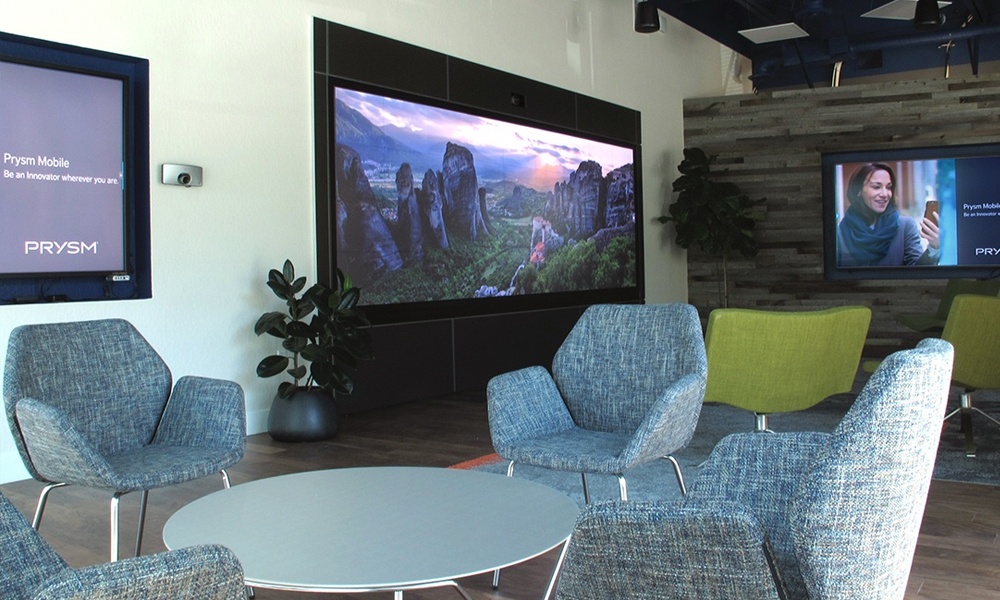
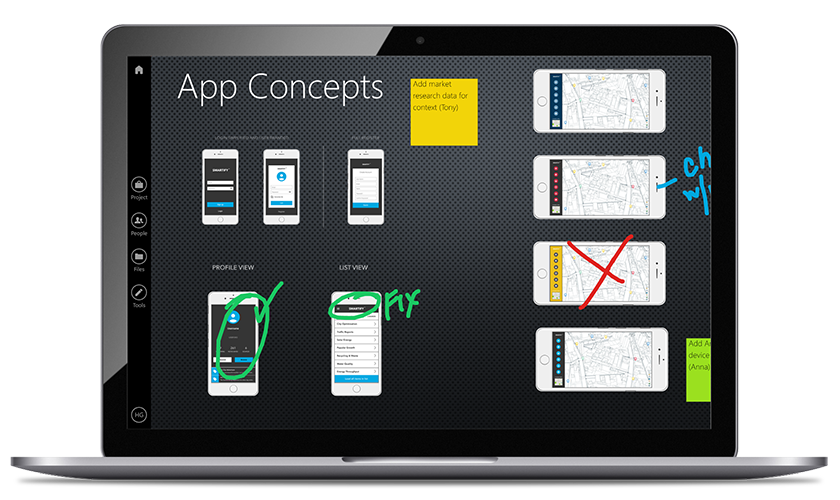
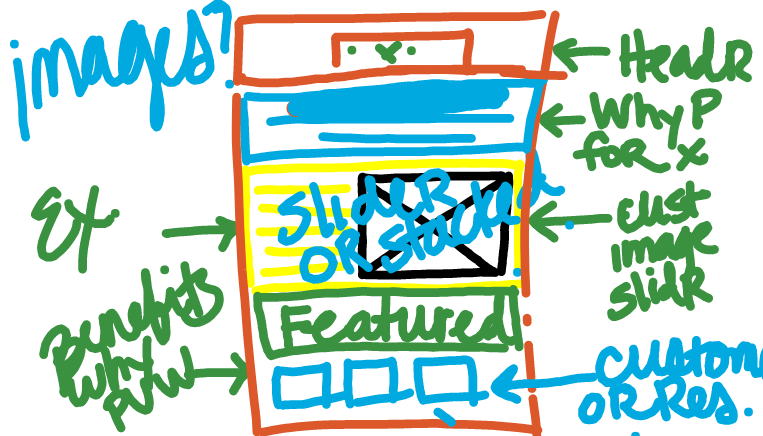

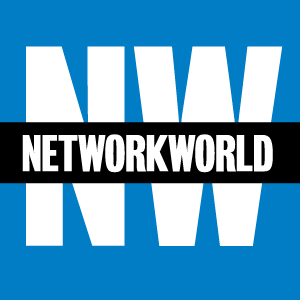
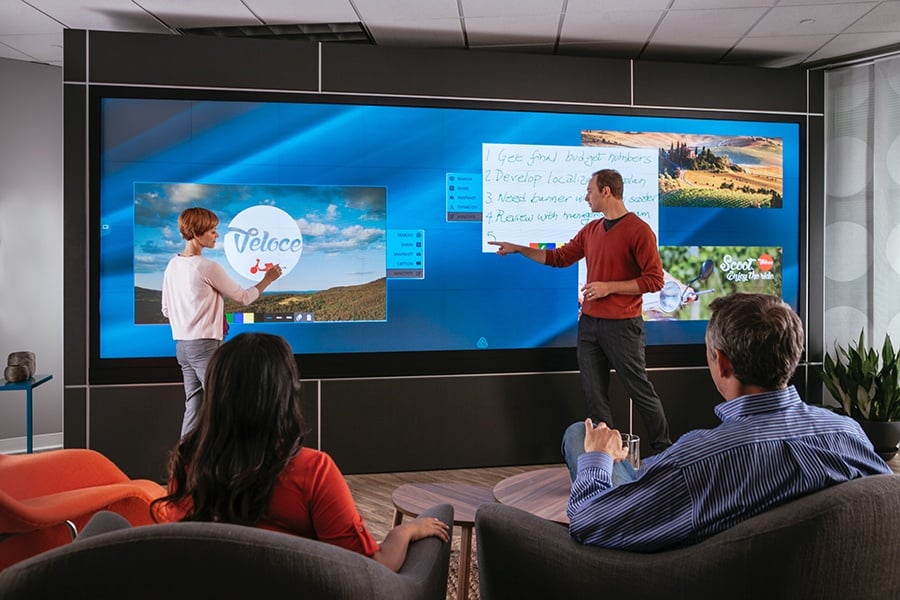

.png)
